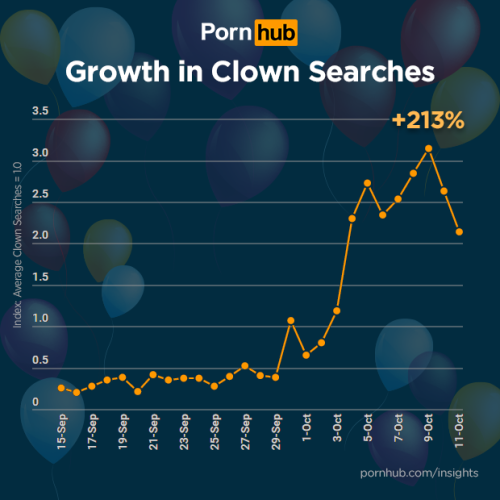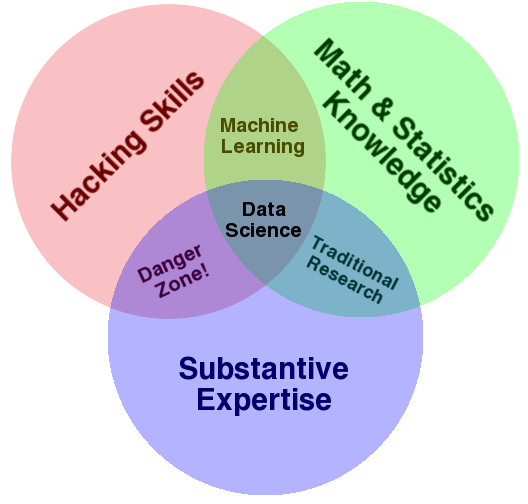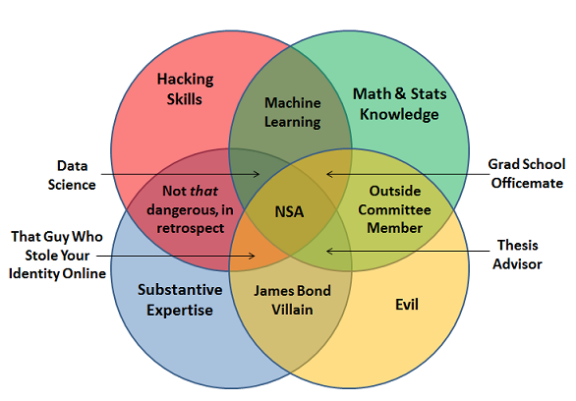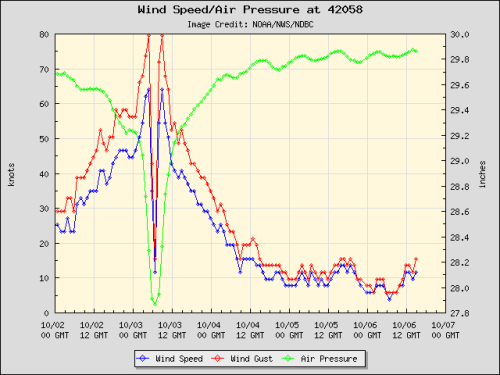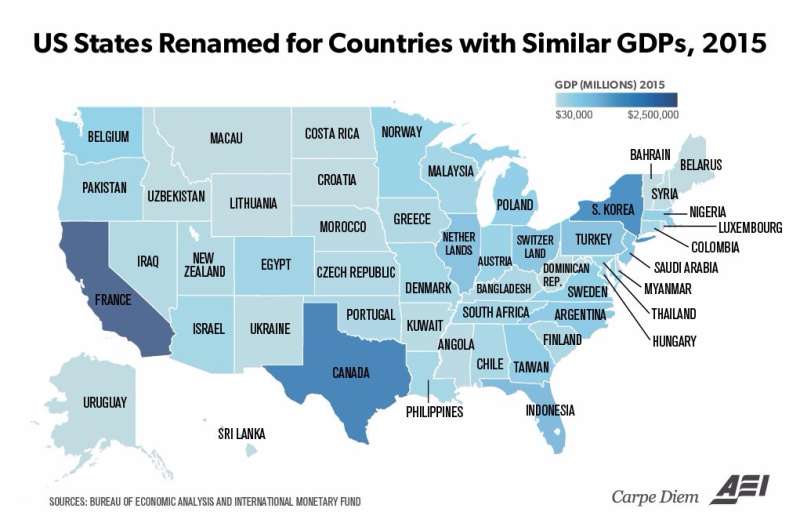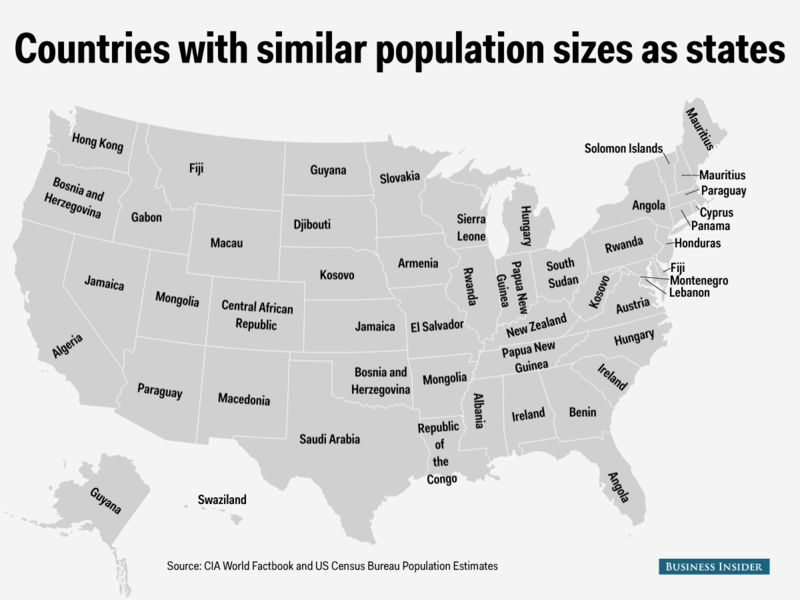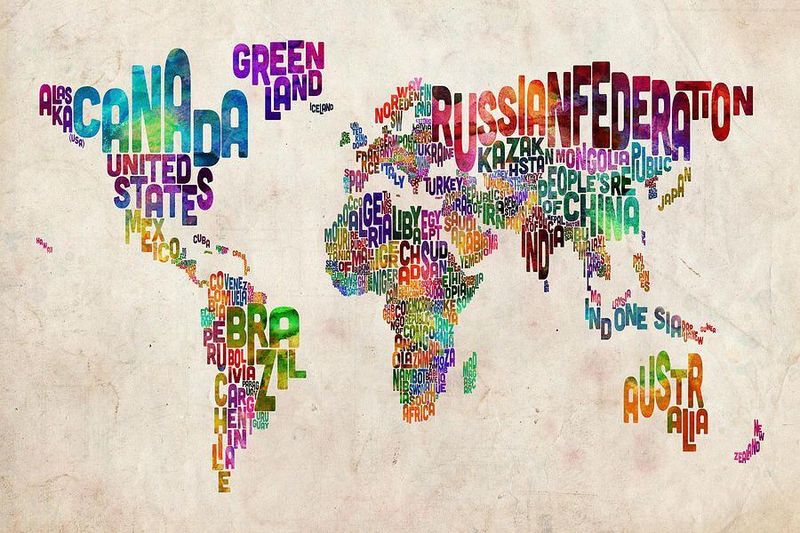The election was very interesting to me.
While Hillary Clinton deftly followed the wisdom of Napoleon: “Never interfere with the enemy when he is in the process of destroying himself.” It didn't work.
I believe Trump’s success is a direct result of a broader collective dissatisfaction and negative mood trend in America.
As unlikely as the outcome was, socioeconomics explains it well.
Socionomics is the study of how social mood motivates social actions. It studies how waves of social mood regulate changes in social behavior, including changes in the economy, political preferences, financial markets and popular culture.
Last year, if you told me 2016 would be the year that: the Cubs would win the world series, a reality TV show host would be president, and Britain would leave the EU, I'd have assumed you were on drugs.
Even three months ago I would have been surprised.
Last week, MogIA, an AI, predicted that Donald Trump would win, making it 4 for 4. If you had been tracking the polls, that would have felt ridiculous, but computers can be more objective than you or me.
Trump's campaign was a polarizing affair, with massive backlash from liberals, and a mainstream media which almost completely missed the momentum Trump had.
There're massive parallels between the way the media reported this campaign, and what happened with Brexit. The media echo chamber was pro-Clinton and ended up ignoring the feelings of a large group of voters. In Britain it was the elderly … in America, it was working-class white people.
Trump won swing states like Pennsylvania and Michigan in large part due to those voters feeling ignored and attacked by Clinton. Coal and Gas are their livelihoods, and efforts towards clean renewable energy could leave them jobless.
Think of all the moving pieces that had to align for Trump to get this far. Look at the candidates in the Republican primary, look at what happened with the Democratic primary, and look at voter turnout:
via Reddit
If "Did Not Vote" was a candidate, they would have won by a landslide.
But, people did vote – and the result is change.
So, what do you think the effect will be on America and our stock market, long term under Trump?
 via Finviz
via Finviz
Leading into the final days of the election, you can see a steep drop in markets. Uncertainty often has that effect on a market, but since Trump's election, there's been a rebound.
In fact, the Dow Jones Industrial Average was able to set an all-time high.
As well, Putin has expressed interest in restoring ties with the U.S. It will be interesting to see the effects of this on the geopolitical environment.
If there's anything to learn from this experience, it's that trying to time the market is dangerous, and that ignoring dissidents makes you out of touch and vulnerable.
On a lighter note, here's the President-elect, Donald Trump, wrestling at Wrestlemania 23. He's a regular Ronald Reagan.


